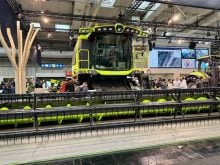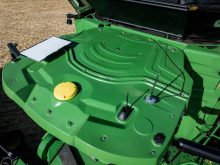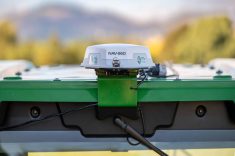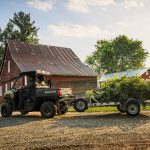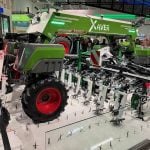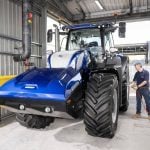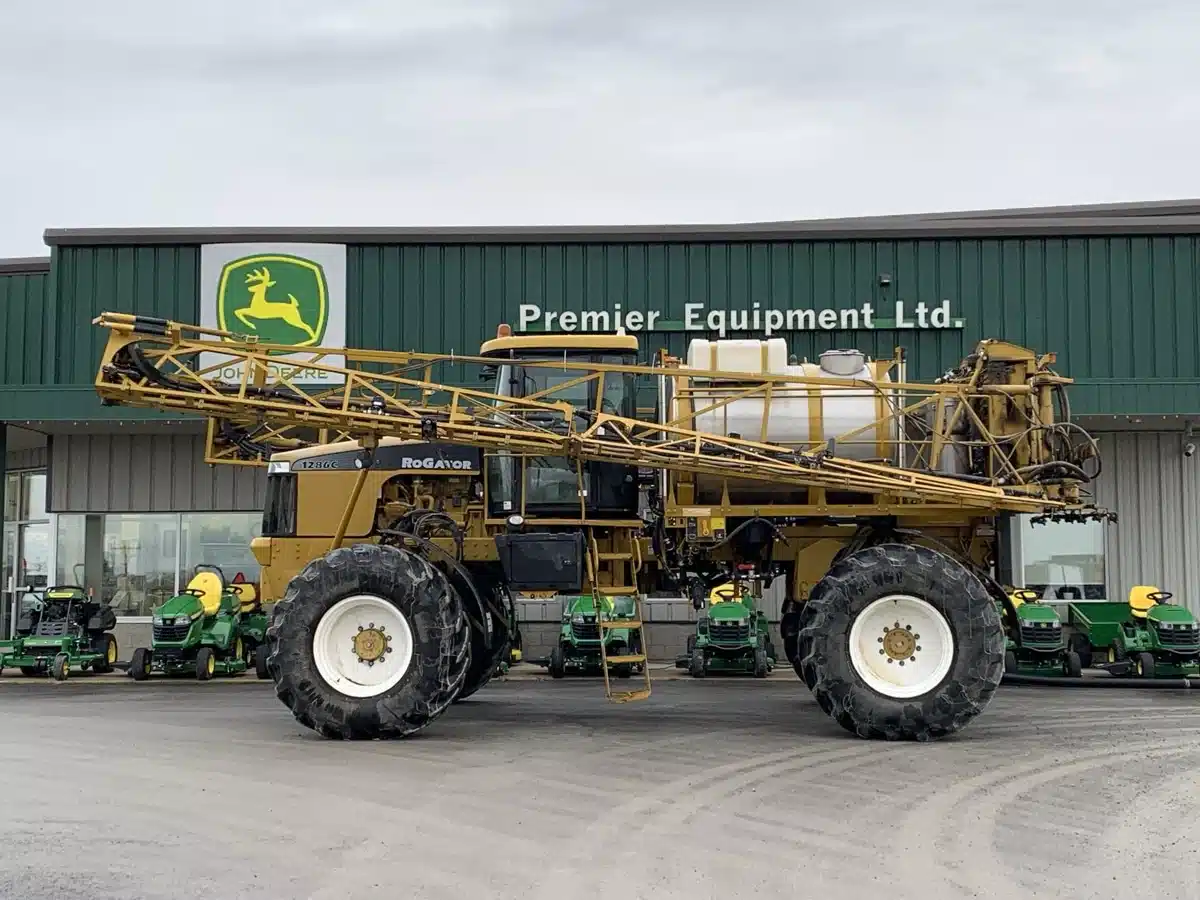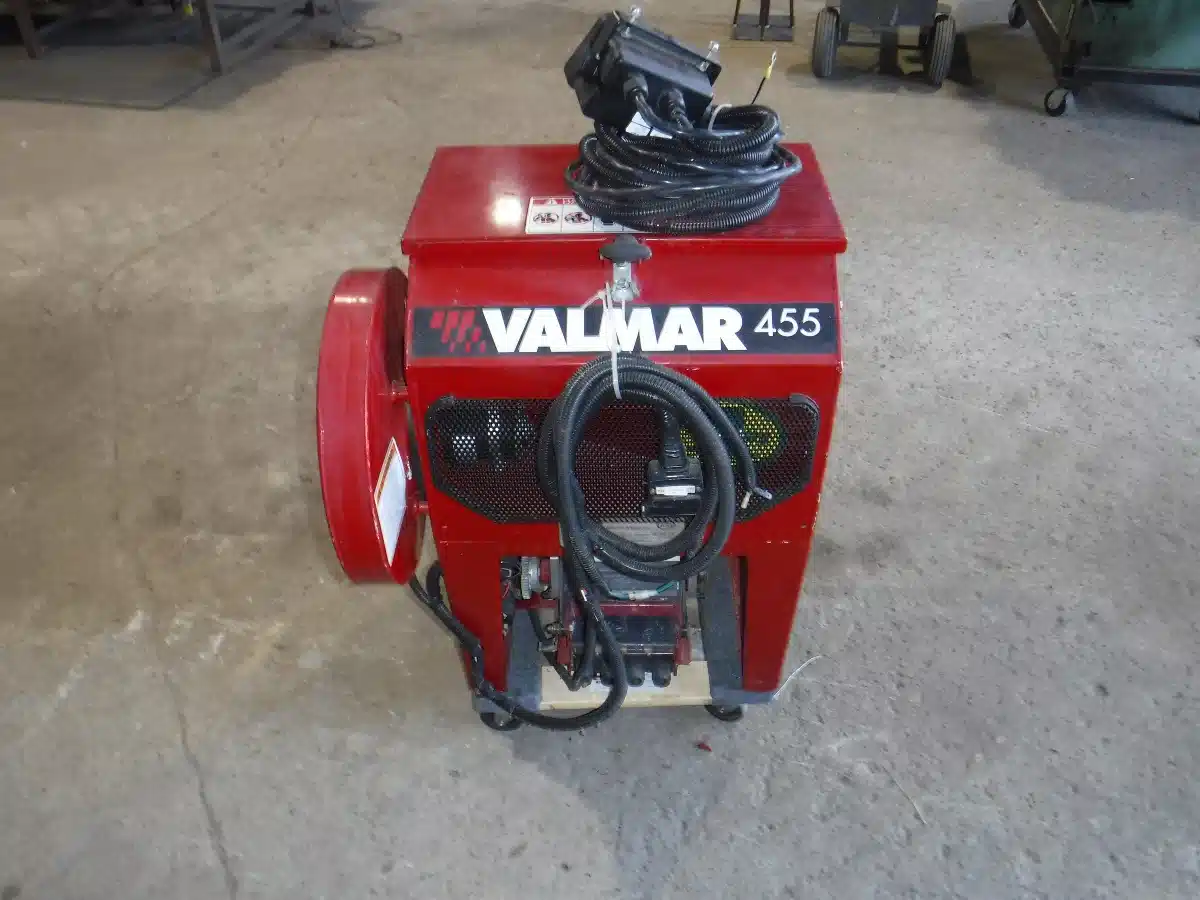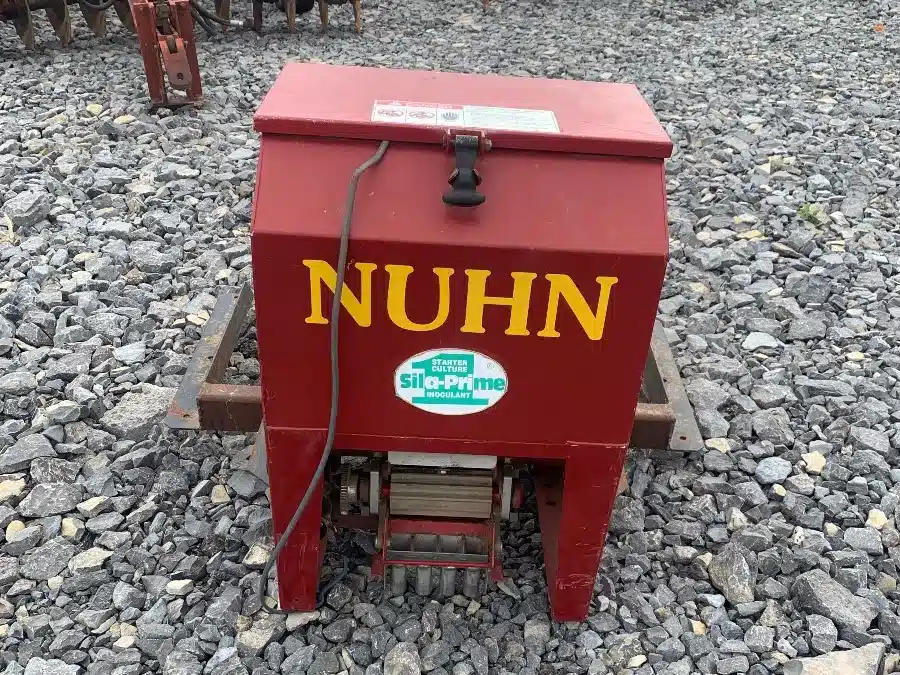Glacier FarmMedia – Makers of the Ecorobotix ARA claim their sprayer can apply chemical to a crop using one nozzle per row. Each is triggered to turn on and off using instructions from a single sensor dedicated to reading that specific crop row, on a 20-foot sprayer at 5.5 km/h.
The company also says the sprayer can reduce chemical use by as much as 95 per cent.
The first two North American systems are already at work on Quebec vegetable farms. After one month’s experience with the Ecorobotix ARA, both operators report a 95 per cent chemical reduction is realistic.
Read Also
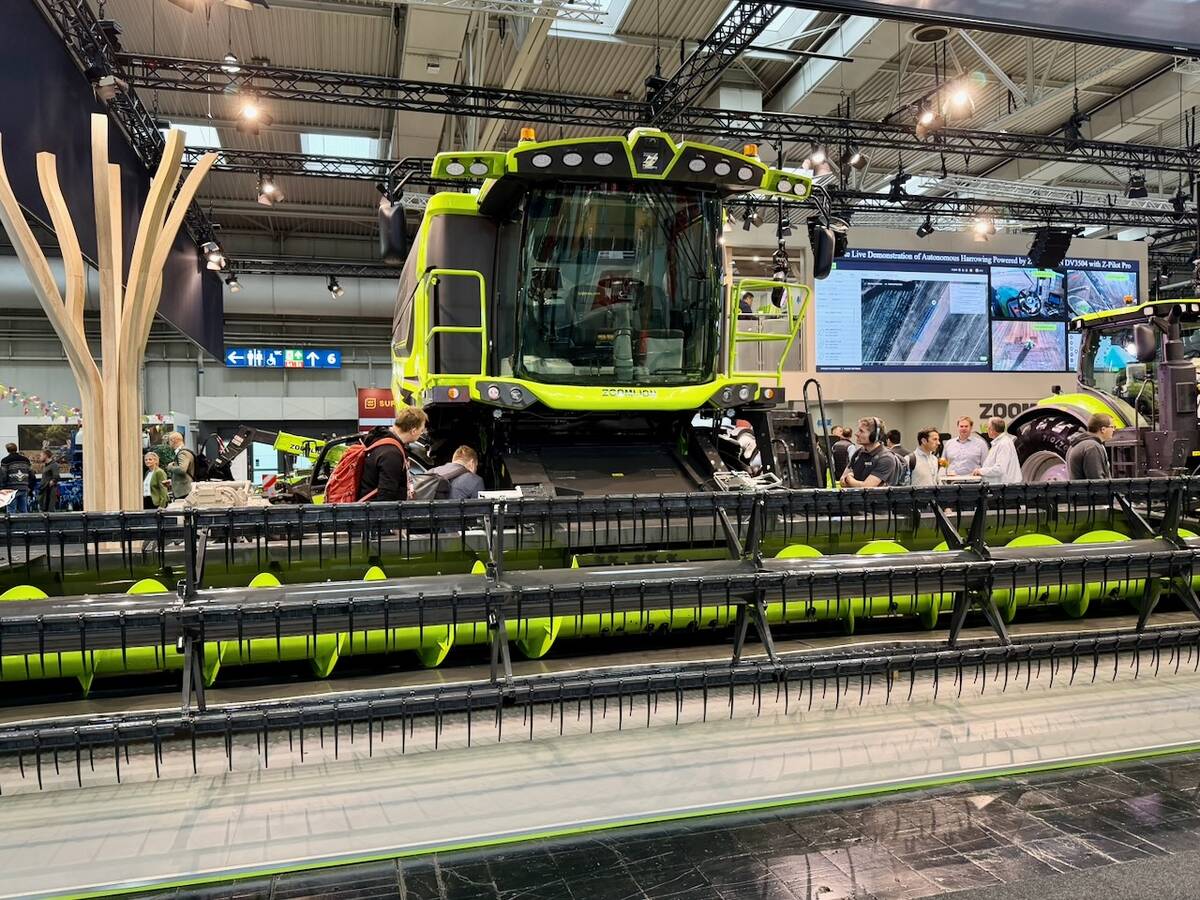
Agritechnica 2025: Day 3
Zoomlion’s diesel-electric hybrid combine drives draws interest, data standards look to keep up to technology change and tractors of the year are named at German farm show Agritechnica 2025.
Using highly refined sensors and powerful plant recognition algorithms, the multi-purpose applicator can:
- Apply selective herbicides on weeds in-crop.
- Apply non-selective herbicides on weeds while avoiding crop contact. A safety zone of just under four centimetres is maintained around each crop plant.
- Apply insecticides and fungicides on crop only, avoiding chemical losses on ground and on weeds that don’t matter.
- Apply liquid fertilizer.
- Accurately apply on a scale down to six by six cm.
European environmental standards are stricter than those in North America.
READ MORE: Here come the crop robots
“We reduce the application of plant protection products as much as 95 per cent. ARA is a proven solution for complying with stringent environmental regulations,” Ecorobotix states in a news release.

Ecorobotix was calibrated and ground-truthed within different crop types and products: rapeseed, corn, sugar beets, cotton, string beans, spinach, onions, chicory and iceberg lettuce. It is especially efficient in managing potato regrowth, prairie dock and thistle, said Ecorobotix field rep José Marchetti.
“Grain crops are not our current focus, though our software is adaptable to any kind of agriculture,” he said.
“This is not stopping other farmers from doing broad acre crops to start looking into adopting this in their future operations. More algorithms will be added in the future. The technology is now getting the attention from vegetable growers because the ROI (return on investment) on high value crops is really quick. Farmers with high-value crops say their ROI will be one to two years.”
Marchetti said the unique sensing and control system developed by Ecorobotix chief executive officer Simon Aspinall extends beyond green on green recognition.
Tragically, during preparation of this story, Aspinall died in a highway bike accident. A spokesperson told Glacier FarmMedia that he was the instigator behind the technology and played a major role in motivating staff.
Marchetti said the sprayer has six computerized sensors that perform multiple functions. Some take high-definition photos while others take 3D photos. At the same time, other sensors are taking nadir images.
Nadir builds a satellite image or aerial photo of the Earth taken vertically from a satellite to avoid angle distortion. Multiple images from different angles allow the computers to detect the colour and size of plants. This data is fed into the algorithms, which tell the controller whether to spray a specific plant.
“In a very short fraction of time, just one-fifth of a second, we are in real time mapping the field, identifying the soil, crops and weeds,” Marchetti says.

“Yes, our ground speed is lower than conventional sprayers. However, our technology allows for a precision that cannot be matched by any other smart sprayer. We can detect a prairie dock leaf of three cm to four cm diameter and spot hit it with a spray pixel of six by six cm.
“If you are doing a very selective site, you can spray even with almost no distance to the crop. We can include in the type of mission instructions to use a safety zone of four cm, or 1.5 inches.”
The Ecorobotix algorithm recognizes shape and colour of the weed but is not highly dependent on colour. Rather, it’s based on the system’s large bank of images.
“Going through a field we take many, many pictures,” Marchetti says. “Our computers receive the pictures and process the images, identifies them and then does the matching of what is the crop and what is the weed. Based on that, we open the nozzles to spray only where we need to, only on the weed.
“It gets smarter and smarter with time, right. We often mention how we use artificial intelligence and machine learning.”
– This article was originally published at The Western Producer.





